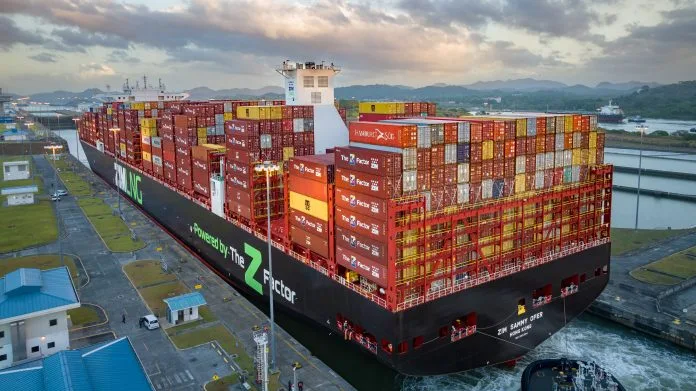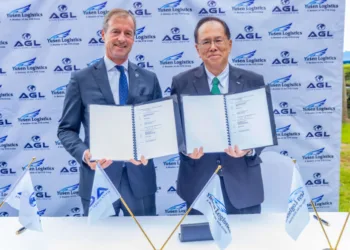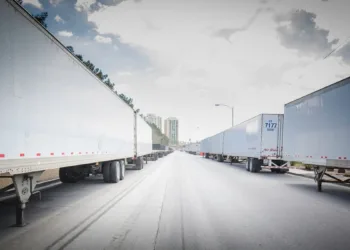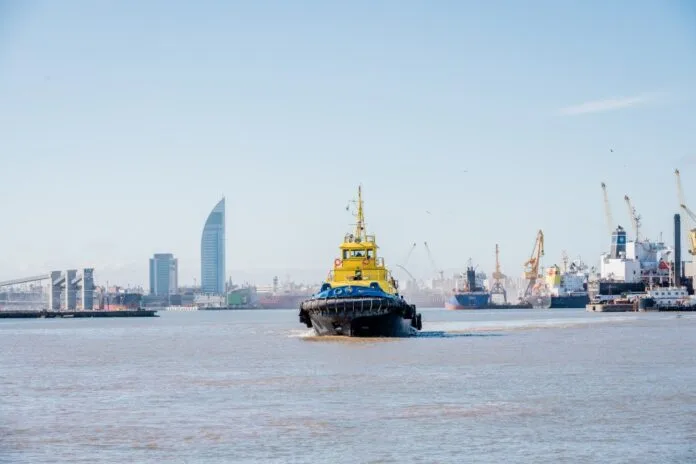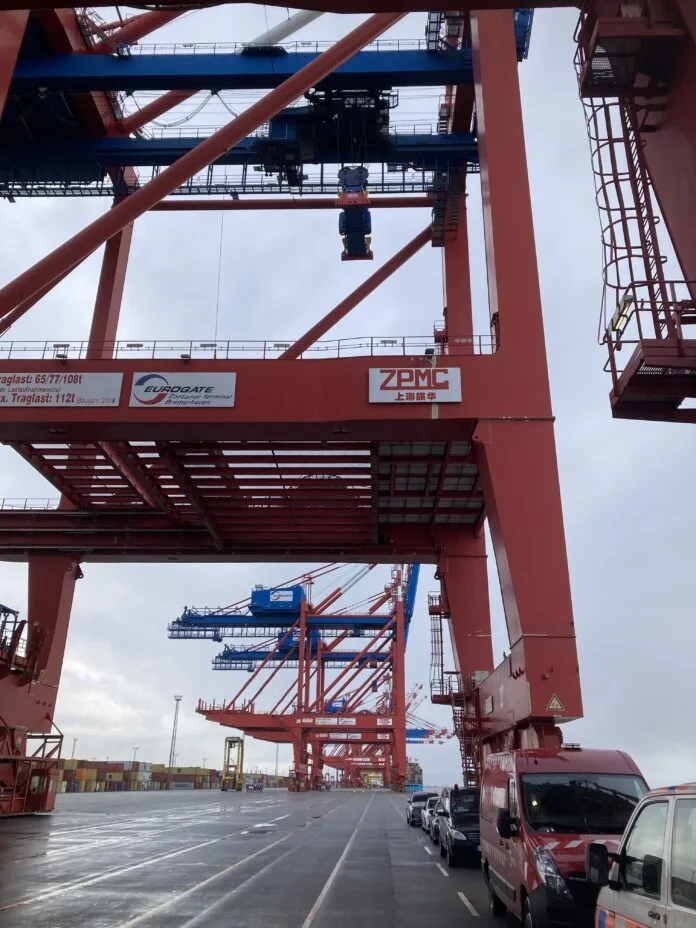JACKSONVILLE — Uber Freight’s Deliver 2025 conference on Wednesday featured a conversation with Uber CEO Dara Khosrowshahi, who outlined his outlook for the freight industry.
Other sessions at the annual event included a freight market update and a keynote economic forecast with Brian Beaulieu, CEO of ITR Economics.
Deliver 2025 was held in Jacksonville, Florida, from Monday through Wednesday. About 200 shippers and industry experts attended keynote addresses, workshops, demos, and networking sessions exploring where the freight industry is headed and how companies can prepare.
Uber CEO Dara Khosrowshahi talks growth, freight, and AI
Khosrowshahi laid out his vision for Uber’s next chapter, spotlighting growth at scale, freight investment, and the promise of AI and autonomous vehicles.
San Francisco-based Uber operates three platforms: Uber (ride-hailing), Uber Freight (logistics), and Uber Eats (food and goods delivery). The company is running at a $200 billion annualized rate across its businesses, Khosrowshahi said.
“We’re very much a technology company, but one grounded in reality,” he said.
On the mobility side, Uber is expanding affordable options such as two- and three-wheeler rides in Brazil and Mexico, and introducing safety tools like in-app video recording and women-for-women ride matching. Uber Eats has grown into a marketplace delivering groceries, electronics, and cosmetics.
Freight, Khosrowshahi emphasized, remains a long-term bet. Despite market headwinds, Uber continues to invest in end-to-end logistics and sees AI as a differentiator.
Autonomous vehicles, he said, could be the “ultimate breakthrough,” improving safety while lowering costs. Partnerships with companies including Waymo and Aurora aim to put Uber at the center of that shift.
“The most important trick is obvious,” he added. “Put yourself in the shoes of the customer.”
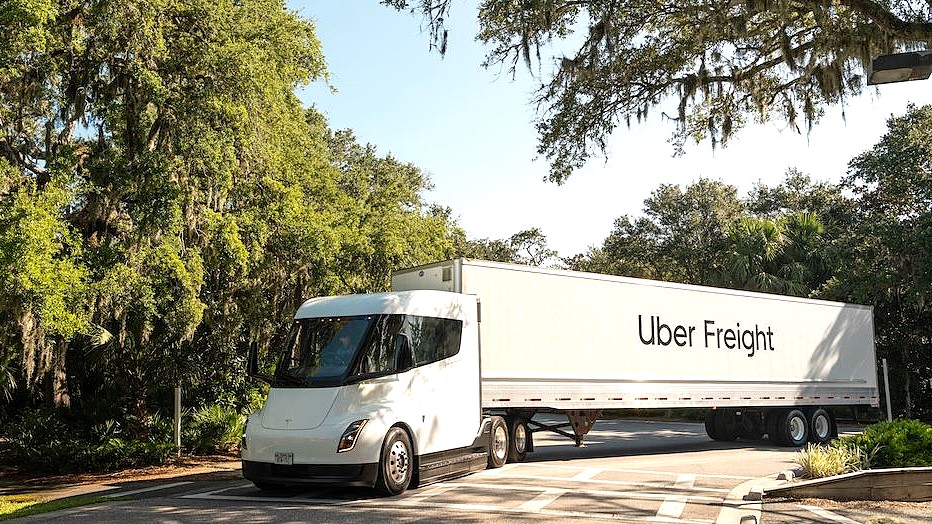
Tariffs driving inflationary pressure, Uber Economist says
During Uber Freight’s third-quarter market update, senior economist Mazen Danaf cautioned that rising U.S. tariffs are pressuring the economy, and straining household budgets and supply chains.
He noted the weighted average U.S. tariff rate has climbed to 16.4%, the highest level since the 1930s.
“It’s expected that these tariffs will result in an inflation of about 1.3% or 1.4%,” Danaf said. “And we haven’t seen this full inflation on the consumer side yet. So this is equivalent to about a $2,000 loss in household income per year. And it mainly affects commodities like clothing, apparel, footwear, leather, etc.”
Industrial inputs — including machinery, metals, minerals, and electrical equipment — are also being hit, he added, creating challenges for both consumers and manufacturers.
“With tariffs at historic highs, we’re in uncharted territory compared to recent decades,” Danaf said. “The downstream effects on supply chains and consumer spending are significant, and the industry will need to adapt quickly.”
Beaulieu to shippers: Prepare for “profitless prosperity”
Brian Beaulieu, CEO of ITR Economics, delivered a blunt forecast: growth is coming, but profits may not keep pace.
He projects U.S. GDP will expand steadily through 2029, with freight activity rising as well — but operators will need to fight for margins in what he calls an era of “profitless prosperity.”
“The next four years, indeed the next five years, are going to be marked by a period we call profitless prosperity,” Beaulieu said. “I have no doubt that your revenue is going to be growing. That’s baked into the pie. What I wonder, though, is will your profitability keep pace with that revenue growth? Because the inflationary pressures you are going to be contending with are significant.”
Trucking revenues are already inching up — about 5% year over year — while tonnage remains flat, expected to climb only gradually.
Tariffs, he noted, act like a 3.2% retail tax, adding near-term inflation before companies adapt. Shippers should normalize modest annual price hikes and brace for higher costs driven by labor scarcity, fiscal deficits, and rising electricity demand from data centers.
“You need to be figuring out how you can put through modest price increases on a regular basis,” Beaulieu said. “Because if you don’t, then you end up putting through big price increases that incur the ire of your customers.”
The post Uber Freight conference spotlights AI, tariffs, “profitless prosperity” appeared first on FreightWaves.




